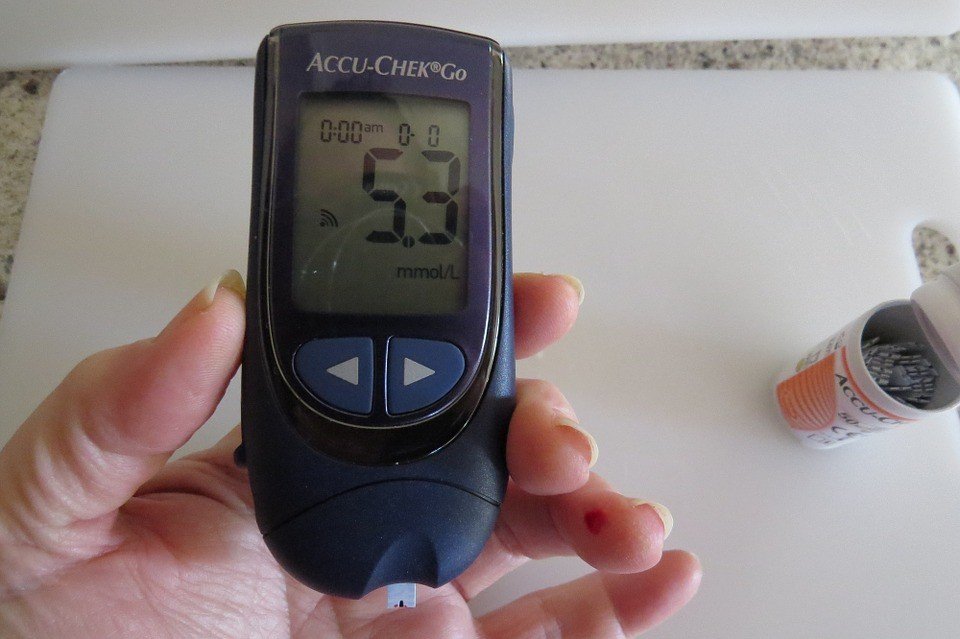

People who have diabetes would now able to bypass the painful finger prickle method for monitoring glucose levels. Scientists at the University of Waterloo developed non-invasive monitoring of Glucose levels using a combination of Artificial intelligence (AI) and Radar. Google and German hardware company Infineon collaborated and developed the small radar device, and they further sought input from few select teams on the potential applications. The research is led by professor George Shaker from the University of Waterloo, Canada.
Diabetes is a metabolic disorder characterised by the presence of high glucose levels in the blood. It might be due to inadequate insulin production, or the body cells do not properly respond to Insulin. Diabetes is of two types: Type 1 and Type-2. In simple terms, Type -1 diabetes the body produces little or no insulin, whereas in Type-2 diabetes the body of the patients does not respond properly to insulin. Patients need to monitor the blood glucose levels frequently continuously. The most common method employed is the painful finger-prickle to monitor glucose levels. It can be measured by the use of blood glucose meter that tests a drop of blood which was released through the needle prick of the finger. Diabetic patients have to bear the brunt multiple times in a day. The diabetic research
How does the device function?
The small radar device sends high-frequency radio waves into liquids containing varying glucose levels and receives the reflected radio waves. The information is then converted to digital data for analysis by AI algorithm developed by the researchers. The algorithm is able to detect glucose levels based on more than 500 wave features that include the likes of the time taken by the waves to reach back the device. The data analysed by the algorithms is then sent wirelessly to the computers.
Evaluation of the radar device:
The researchers conducted tests with volunteers at the Research Institute for ageing and the results are promising. The accuracy of the device was found to be 85 per cent when compared to the tradition invasive finger prickle method. Future research would involve refining the system to quantify glucose levels and further obtain results through the skin. The team is closely working with Infineon to minimise the device size so that it can be low-cost and low-power. The researchers are now hoping to develop a device with self-contained technology similar to a wearable. So, one day we might be able to monitor glucose levels continuously by just wearing a smartwatch.
iEV motors from Denmark has manufactured a pod-sized 78 cm iEV Z modular electric car.…
Garena free fire - Illuminate is a multiplayer battle royal mobile game. The app is…
The stressors of adult life can take a serious toll on your brain and make…
Men often experience a lot of irritation and embarrassment due to the unwanted growth of…
Web application architecture describes the relationship between servers, databases and applications. All web applications are…
Gone are the days when mobile phones come in handy only for voice calling and…